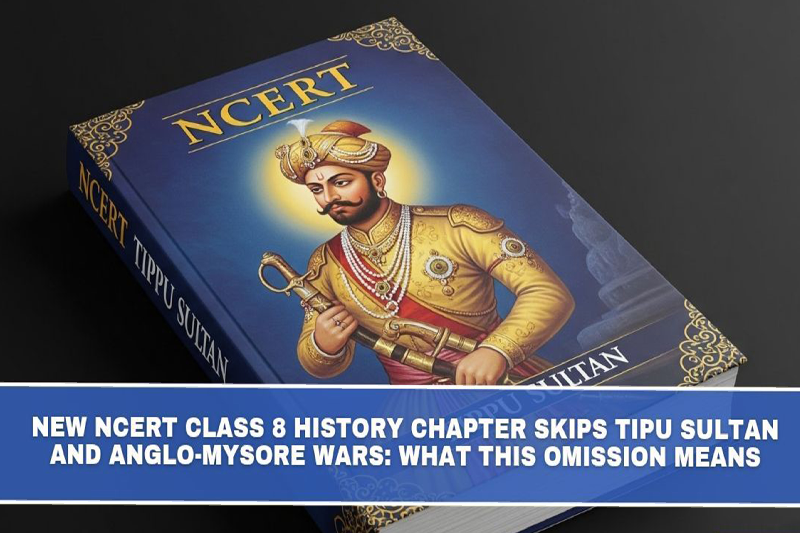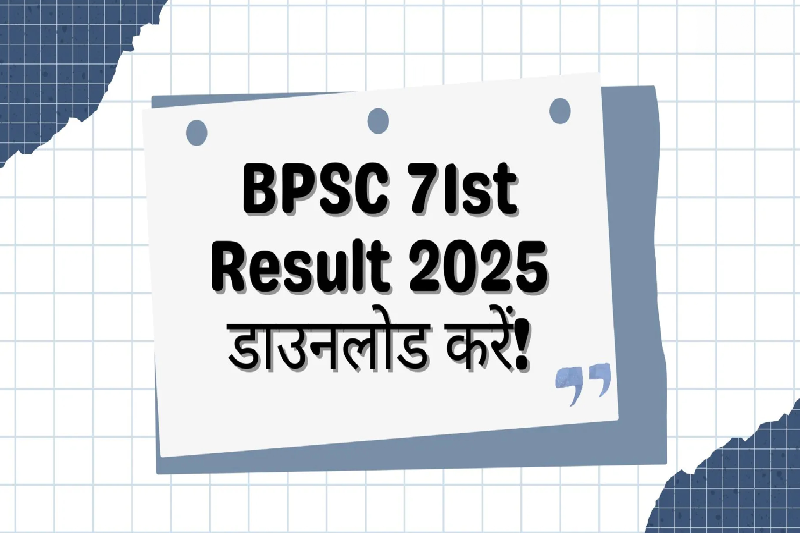
Tipu Sultan & Anglo-Mysore Wars Missing from NCERT Class 8 Textbook
The recent revision of the Class 8 NCERT Social Science textbook has sparked controversy and concern among educators, historians, and political leaders alike. The new textbook, which omits references to Tipu Sultan, his father Haidar Ali, and the Anglo-Mysore wars of the 18th century, has raised fundamental questions about how Indian history is taught—and who gets to be remembered.
The issue came to light when Trinamool Congress MP Ritabrata Banerjee questioned the omission during a session in the Rajya Sabha. In response, Minister of State for Education Jayant Chaudhary provided a detailed explanation, referencing the updated curricular framework and the flexibility granted to state governments.
What's Missing from the New Textbook?
The newly published NCERT Class 8 Social Science textbook no longer includes Tipu Sultan, Haidar Ali, or the four Anglo-Mysore wars. These historical events were previously part of a section detailing the East India Company's territorial expansion, highlighting the fierce resistance offered by the rulers of Mysore.
Instead, the chapter on India’s colonial period now highlights early resistance movements such as:
- The Sannyasi-Fakir Rebellion (1700s)
- The Kol Uprising
- The Santhal Rebellion
- Peasant uprisings of the 1800s
The absence of Mysore’s rulers, particularly Tipu Sultan—often regarded as one of the most formidable opponents of British imperialism—has stirred debate over historical representation and academic priorities.
The Government's Explanation: A New Approach to Curriculum
In his parliamentary reply, Minister Jayant Chaudhary clarified that the revised textbook aligns with the National Education Policy (NEP) 2020 and the National Curriculum Framework for School Education (NCFSE) 2023. He stated that the aim is to provide a broad historical survey for middle-grade learners (Grades 6 to 8), rather than an exhaustive chronicle of events and personalities.
Key points from the government's clarification include:
- The Class 8 textbook is now based on four overarching themes:
- India and the World: Land and the People
- Tapestry of the Past
- Governance and Democracy
- Economic Life Around Us
- Historical personalities, including those referenced in resistance movements, have been included contextually and only if they fit within the updated curricular objectives.
- The new textbook promotes experiential learning, fieldwork, and evidence-based understanding, moving away from rote memorization.
Chaudhary emphasized that the revised content is pedagogically streamlined, with a stronger focus on student engagement, classroom practice, and interdisciplinary connections.
Federal Flexibility: States Can Add Local Heroes
One of the key justifications provided by the Centre is that education is a Concurrent List subject under the Indian Constitution. This means that while the Centre can create model textbooks through the NCERT, state governments have full autonomy to adopt, adapt, or develop their own textbooks.
Chaudhary pointed out that “states have the flexibility to provide more coverage about regional personalities and events” in their curriculum. This opens the door for state boards to reintroduce or amplify discussions on figures like Tipu Sultan, especially in states such as Karnataka, where he is considered a significant regional icon.
Why Tipu Sultan’s Omission Matters
The omission of Tipu Sultan and Haidar Ali has sparked criticism not only from political leaders but also from educators and historians who argue that these figures played a critical role in resisting British colonial expansion.
Tipu Sultan, known as the "Tiger of Mysore," led multiple military campaigns against the British East India Company and is remembered for his innovative warfare tactics and resistance to colonial rule. The Anglo-Mysore Wars—fought between 1767 and 1799—marked a crucial chapter in the early consolidation of British power in South India.
Critics argue that removing such key figures undermines students' understanding of the complexity and diversity of India’s resistance movements. The concern is not just about one name or event, but about how history is shaped, prioritized, and passed down through generations.
NEP 2020 and NCFSE 2023: Broader Educational Reforms
The changes to the Class 8 textbook are part of a larger overhaul of India’s school education system, as envisioned in the NEP 2020 and NCFSE 2023. These frameworks aim to:
- Reduce academic pressure
- Foster critical thinking
- Encourage inquiry-based learning
- Integrate real-world experiences into education
The Middle Stage (Grades 6–8) is specifically designed to give students a broad survey of Indian civilization, from prehistoric times to Independence, without overwhelming them with excessive detail. The curriculum intends to build a foundational understanding rather than a memorized list of facts and names.
Balancing Breadth and Depth in Historical Narratives
While the government insists that the new curriculum is pedagogically sound and nationally inclusive, the controversy has reignited a long-standing debate about representation, regional relevance, and historical accuracy in school textbooks.
Should textbooks prioritize nationwide coherence over regional specificity? Can a curriculum truly reflect India's vast and diverse past without accounting for iconic figures like Tipu Sultan?
The answer may lie in how state boards choose to adapt NCERT materials to reflect local histories while maintaining national pedagogical standards.
Conclusion: A Call for Inclusive and Balanced History Education
The omission of Tipu Sultan, Haidar Ali, and the Anglo-Mysore Wars from the Class 8 NCERT Social Science textbook is more than just a curricular change—it’s a reflection of shifting priorities in how India teaches its history. While the Centre’s move aligns with new educational philosophies under NEP 2020, it raises important questions about what stories get told, and whose legacies are preserved in classrooms.
With the flexibility granted to states, there is now an opportunity to bridge national goals with regional pride, ensuring that India’s past remains as inclusive, nuanced, and multi-dimensional as its present and future demand.



